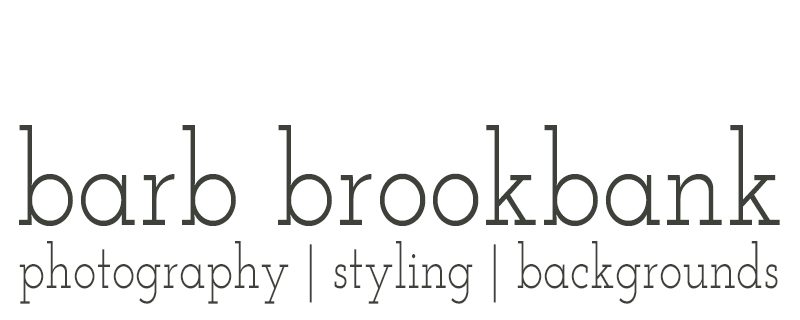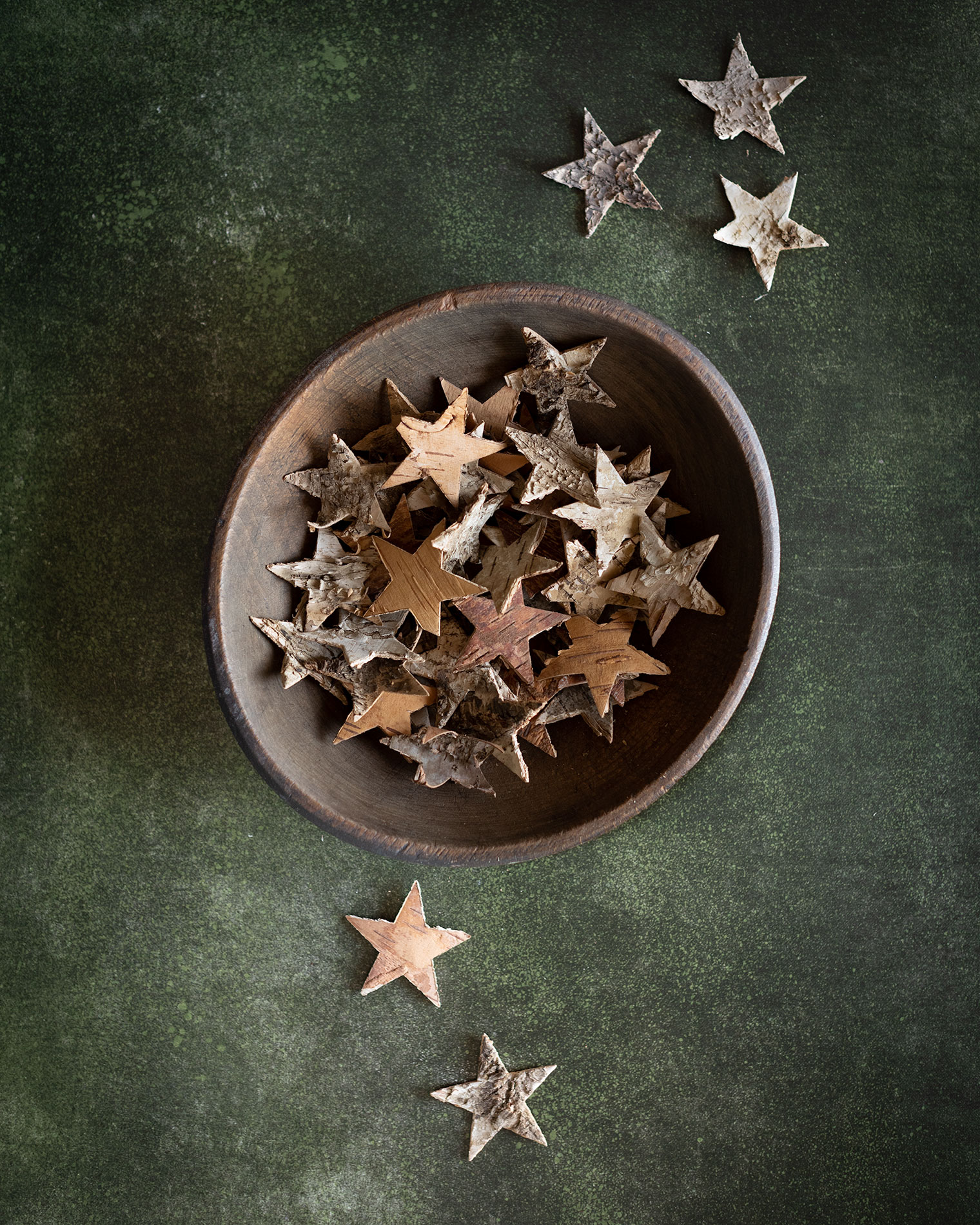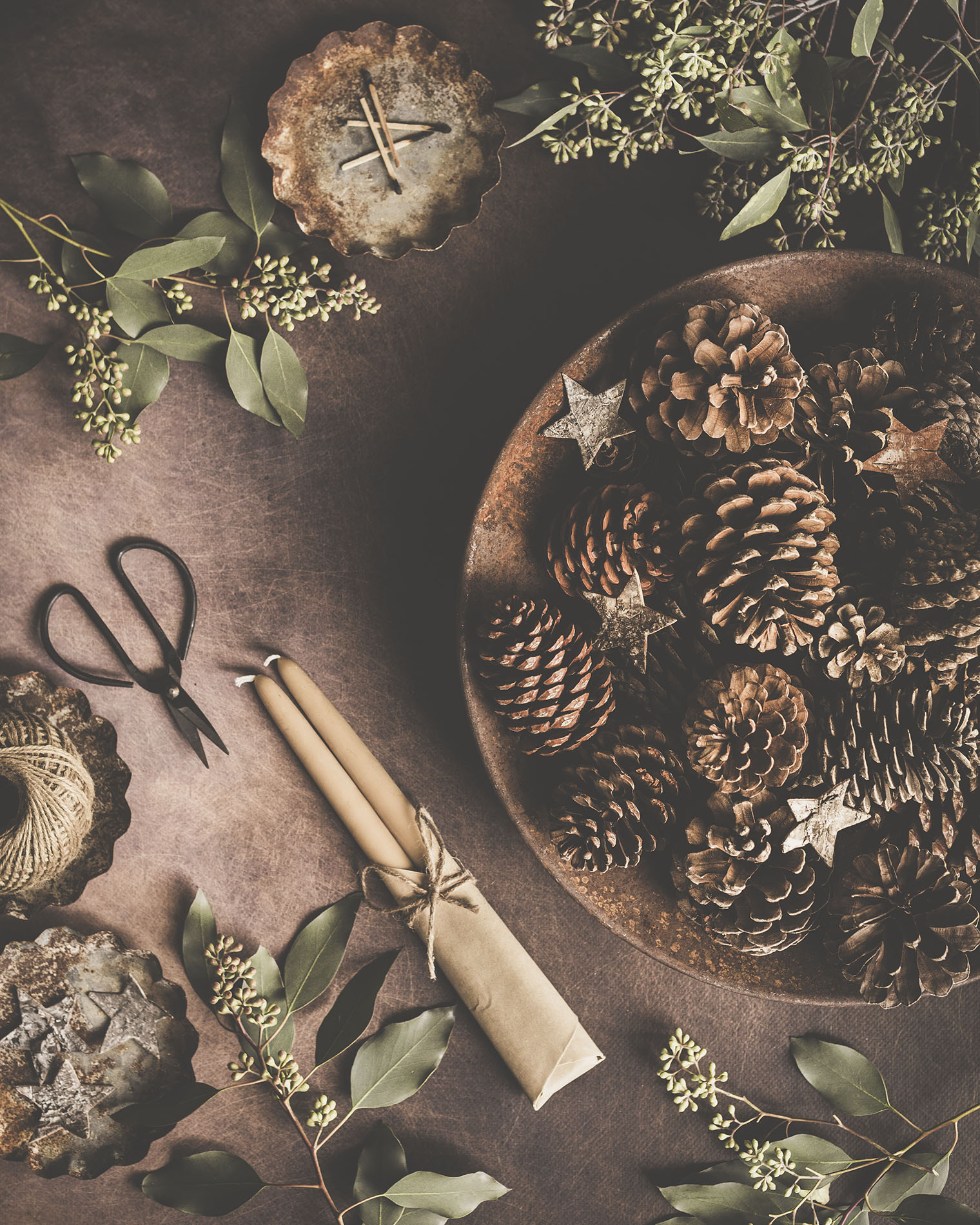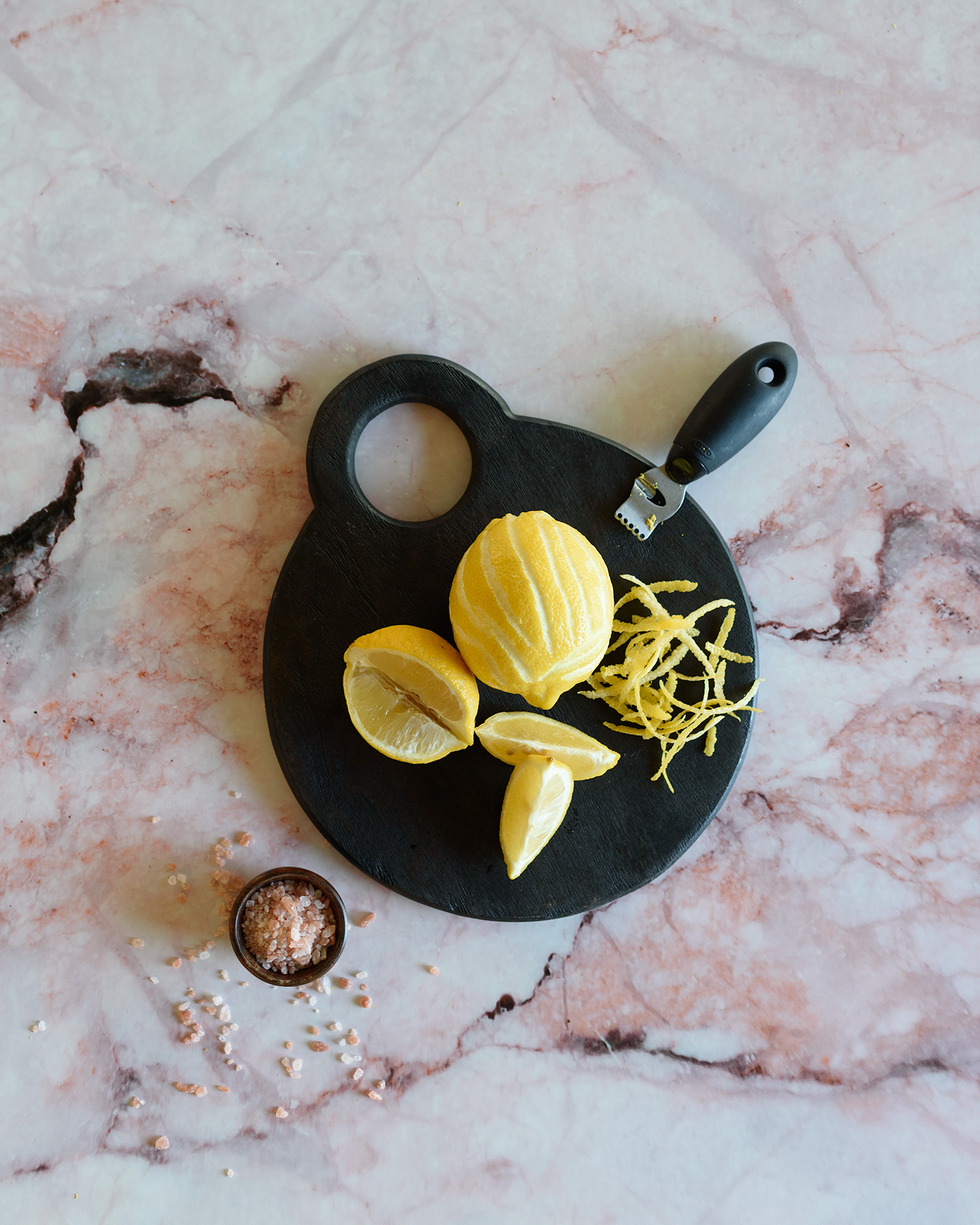The Golden Triangle in Photography
Today I want to demonstrate how to use the “golden triangle” to help line up elements in an image to obtain a pleasing and flowing composition.
I love order in an image, and I love white space. I strive to keep my images simple and uncluttered. I don’t always succeed and sometimes I fill the frame with all the things, and that’s ok too! But if I want my main subject or “hero” to stand out, it helps to apply a few composition rules.
This may come as no surprise but I love food photography. Well, maybe not food photography in its truest form, but more specifically, I love styling flat lays using food! same thing? maybe, maybe not. Most food photographers are interested in capturing the food itself and this is something I do not excel at!
What I love is the composition of a flat lay when food is involved. I want the food in my images to be pretty, but its not my focus (so to speak). This is where the “golden triangle” becomes an essential tool to help me achieve my vision.
I created this image for “Maple Pecan Salad” specifically for demonstrating how I’m using the golden triangle:
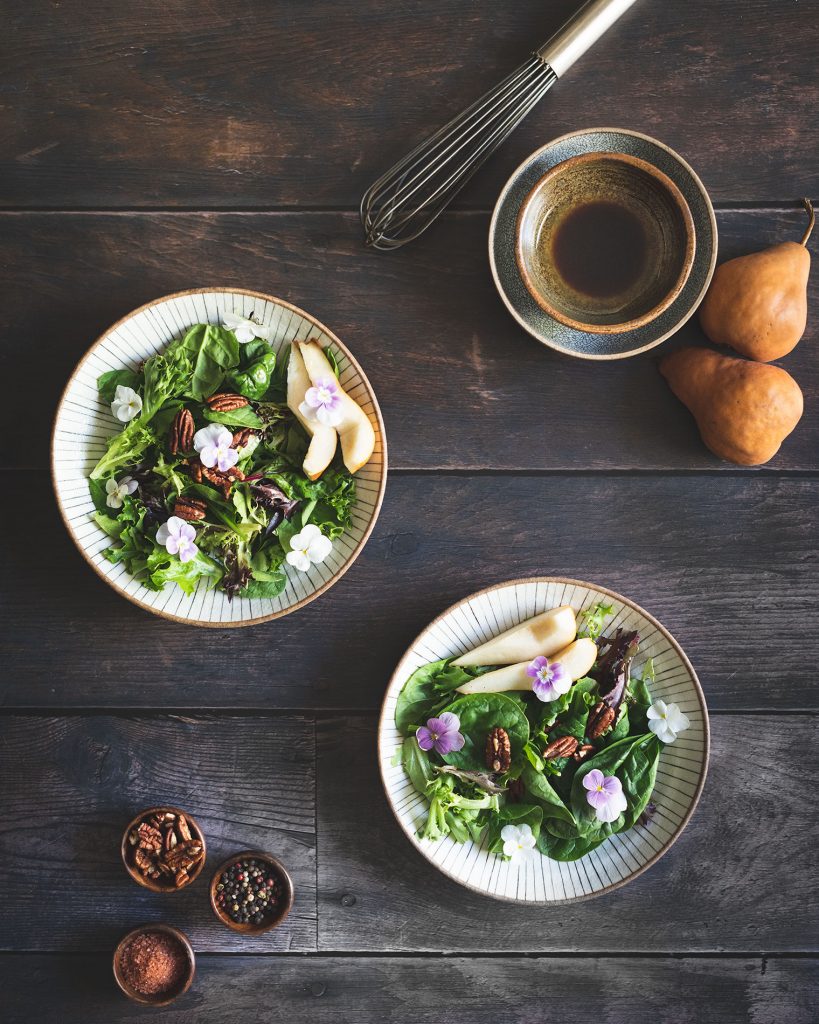
“Cake on Pebbles” is another example of an image when using the “golden triangle” as a guide.

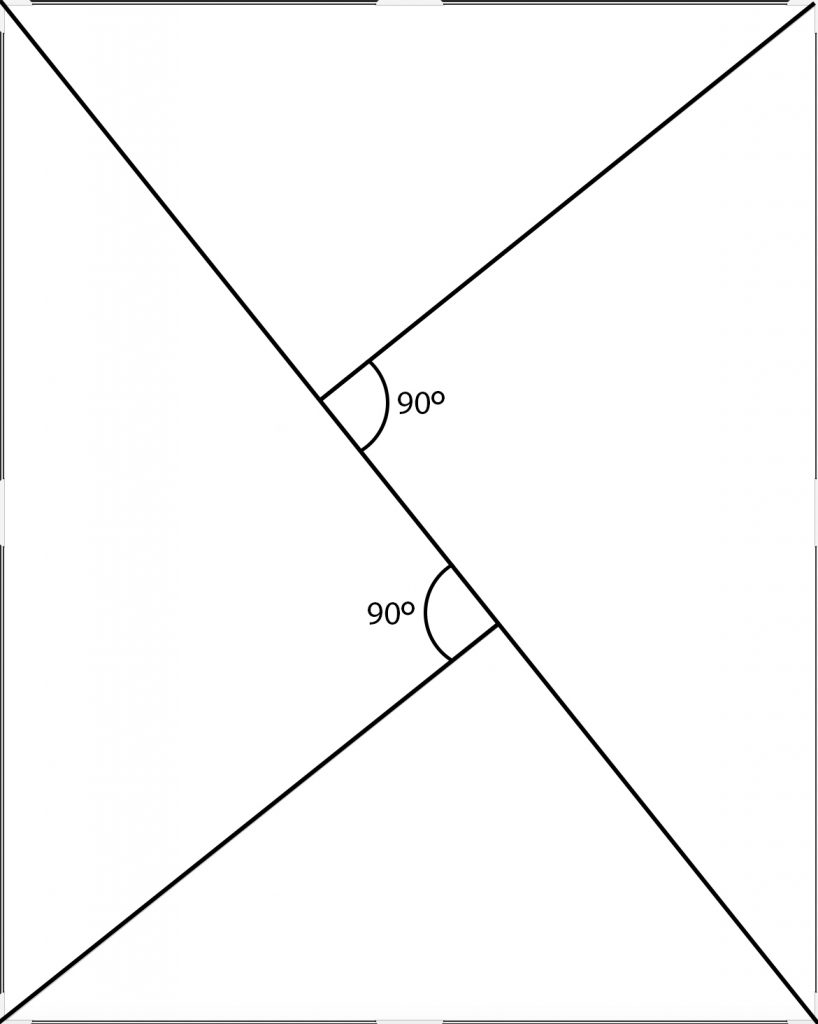
The golden triangle is a compositional technique that urges you to position your key photographic elements along imaginary triangles in your scene.
Note: all images and diagrams are my own
In the following images I placed the main subject (bowls) where the lines intersect, while placing supporting elements along the shorter lines. This leaves lots of space elsewhere to limit distractions and clutter, and will draw the viewers’ eye around the scene.
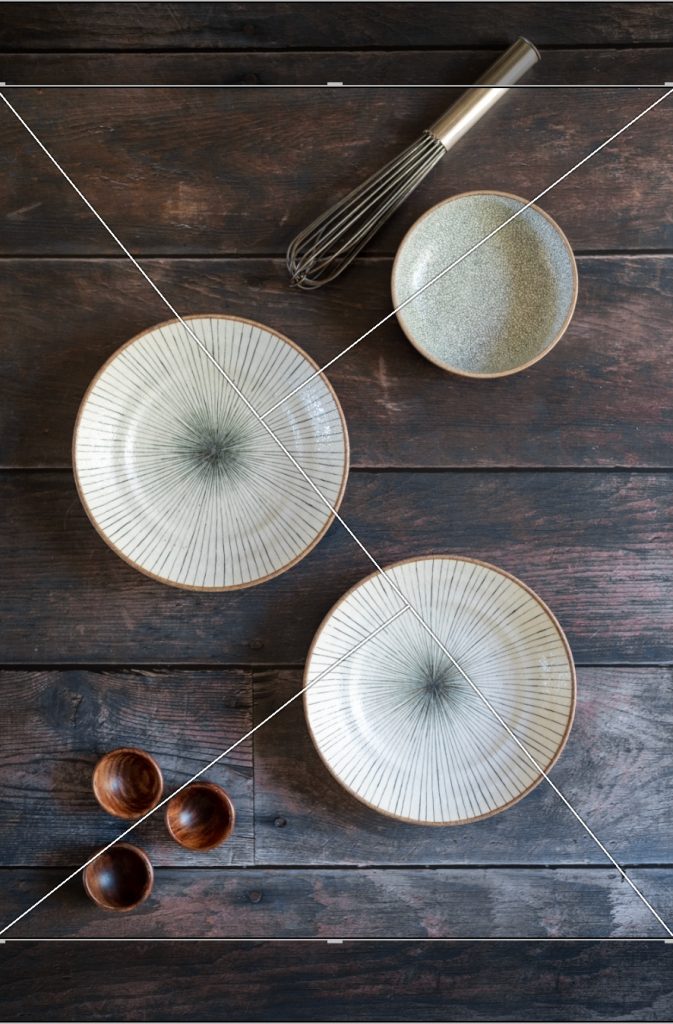

What I love is the composition of a flat lay when food is involved. I want the food in my images to be pretty, but its not my focus.
Remember, any and all rules are made to be broken. The “rule of thirds”, “golden ratio”, and “golden triangle”, etc—all are simply guides, and you have the right and artistic licence to bend or break wherever you see fit.
Thank you for being here, and I hope you enjoyed this post and found it helpful.
